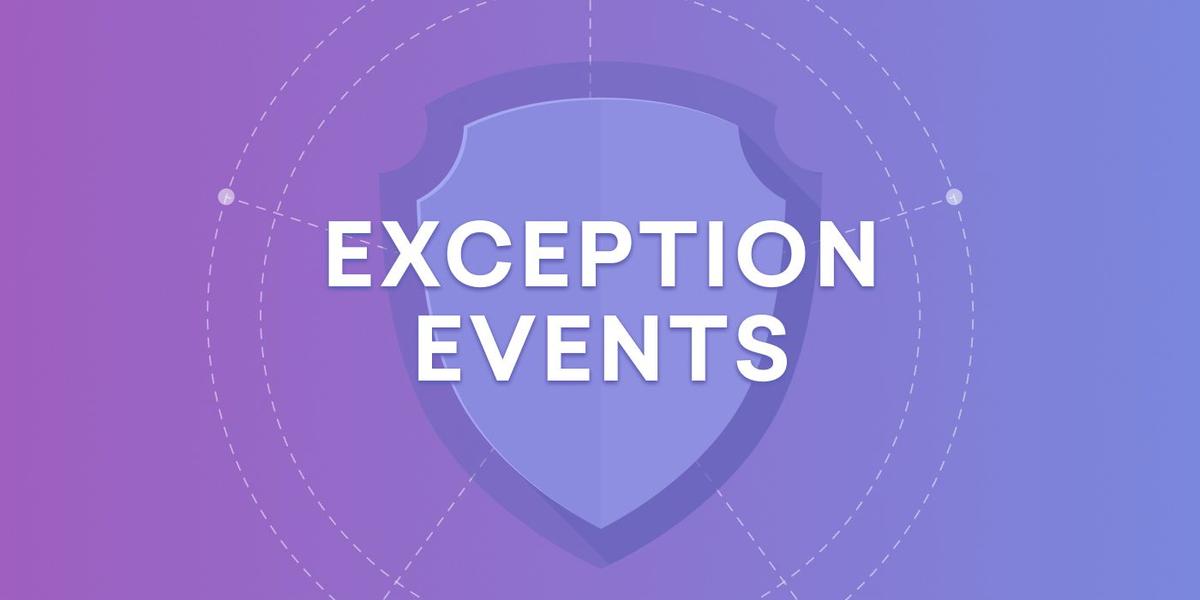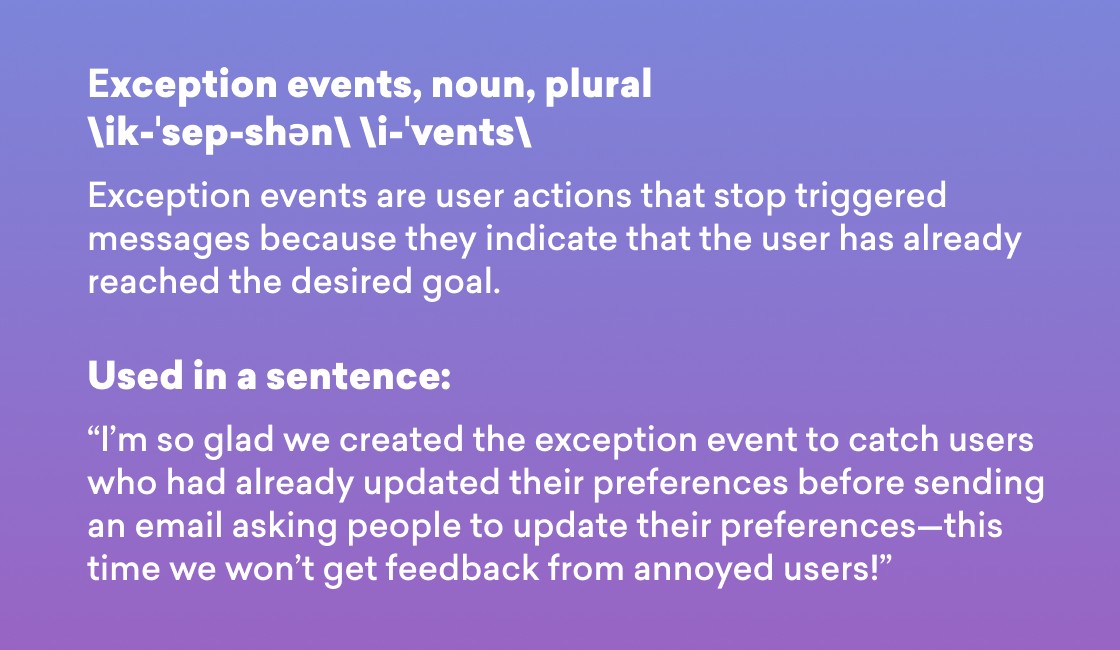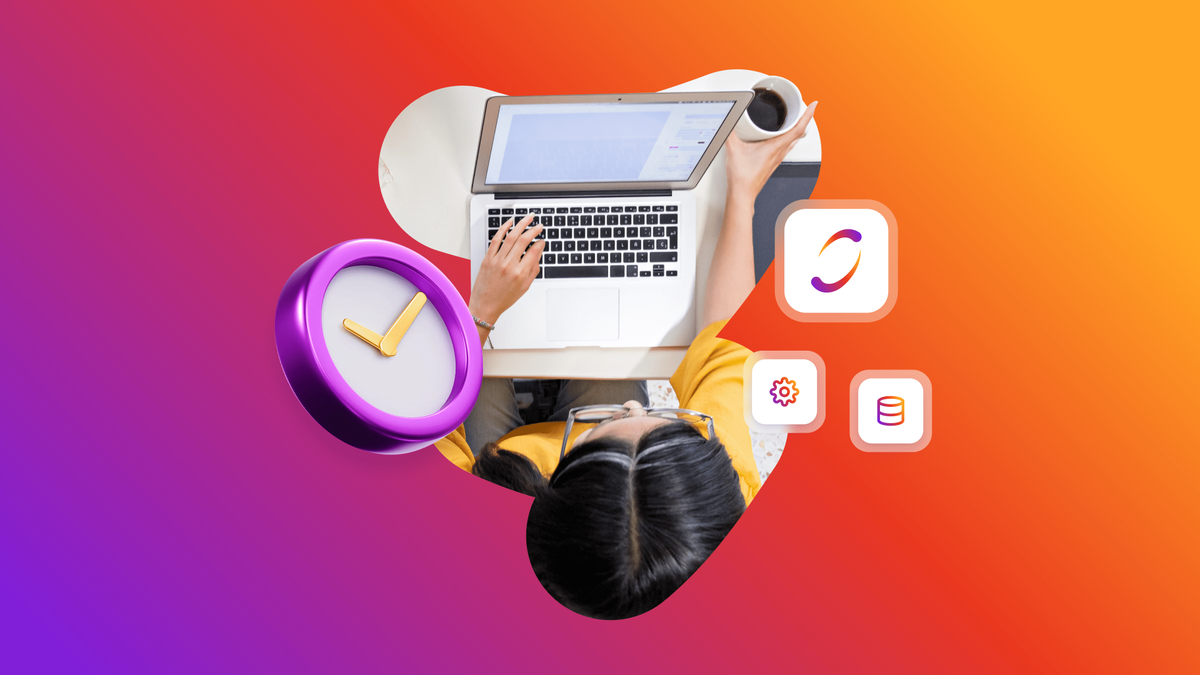What Are Exception Events?
Published on December 02, 2020/Last edited on December 02, 2020/4 min read


Mary Kearl
WriterThe prompt you receive to complete your dinner order, after your food's already arrived. The email campaign you receive asking you to donate to a cause, after you've just made a considerable contribution. The notification that pops up, telling you to check out your latest social media updates, while you're actively browsing through them in the app. The text you get telling you to check your account balance, immediately followed by an email telling you to do the same thing.
These are just a few of the frustrating and confusing ways brands across industries are inadvertently trapping customers—without even realizing it. Thankfully, if you make effective use of exception events, these annoying scenarios are also completely avoidable.
What Are Exception Events?

Exception events are a safeguard used by marketers to ensure that no customer receives a marketing campaign or notification to take an action they've already taken. This feature automatically cancels scheduled or triggered outreach aimed at individuals who have successfully carried out the conversion that the messages are intended to encourage, ensuring that consumers are bothered by redundant or irrelevant messages about an action they’ve already taken.
Why Marketing Automation Needs Exception Events
To understand exception events, you first need to understand the problem they’re designed to solve: Namely, automated campaigns that can sometimes send messages even in contexts where they’re no longer adding value.
In the best case scenario, customer engagement platforms are designed to enable real-time marketing that's more relevant, personalized, and meaningful for customers. And triggered messages are one of the key underpinnings of this technology. These are campaigns that get sent after individual customers take a specific action, such as adding items to an online cart but not completing the transaction or visiting a certain web page but not converting. You've probably seen triggered campaigns in action (and likely used them for your brand), including abandoned shopping cart notifications, customer education campaigns, permissions priming campaigns, and social sharing campaigns.
When set up properly, these types of action-based and API-triggered campaigns are highly effective at improving customer engagement. Based on a Braze analysis of 534 billion messages sent over a two-year period, we found that these kinds of triggered messages, powered by marketing automation, led to a:
- 5.5X and 3.7X boost in open rates for mobile push campaigns from action-based and API-triggered campaigns, respectively
- 5X and 2.9X boost in conversion rates for action-based and API-triggered campaigns respectively
But while these triggered campaigns are a powerful tool, not every action is created equally. Without safeguards in place to ensure that messages are only triggered when they’re appropriate and support the goals of the campaign, brands may see an uptick in customer service issues as customers reach out wondering what's going on and brands may see negative KPIs, like uninstalls, unsubscribes, and churn rise.
That's why exception events are so important: They help ensure emails, push notifications, texts, and other campaigns only go to the intended recipients—those who have not yet taken a given action and may still want to.
How Do Exception Events Work in Practice?
Consider global freelance services marketplace Fiverr. Fiverr used the Braze Canvas customer journey management feature to test four approaches to encouraging users to make a first purchase and determine how the number of purchases, purchase value, and the total revenue generated by selected customers was affected by message timing, messaging channel choice, and other strategic factors. In some cases, customers received multi-part, cross-channel campaigns designed to nudge them to make a purchase—potentially creating a frustrating experience for recipients who purchased something earlier in the campaign.
However, Fiverr thought ahead. Before launching the text, the company used the Braze platform’s support for exception events to ensure that consumers targeted by the campaign didn’t receive further messages once they’d made a purchase. This key feature supported a better customer experience and allowed for a more effective test of their messaging strategy.
Next Steps
Seven seconds, that's how long it takes to make a first impression. That's why brands need to prioritize welcoming, onboarding, and educating new customers at the moment it matters the most, right at the start. And that's why we've put together a cross-channel onboarding guide for brands, covering the six most important milestones of welcoming and guiding new users through the onboarding process. Inside, find ideas for nurturing new customer relationships, including insights on how to achieve a 9X increase in engagement.
Related Tags
Releated Content
View the Blog
A day in the life of a data scientist on the BrazeAIᵀᴹ forward-deployed engineering team

McKay Jensen

The new inbox reality: How iOS changes are reshaping email marketing

Aparna Prasad

Experience optimization: Turning data insights into better journeys
